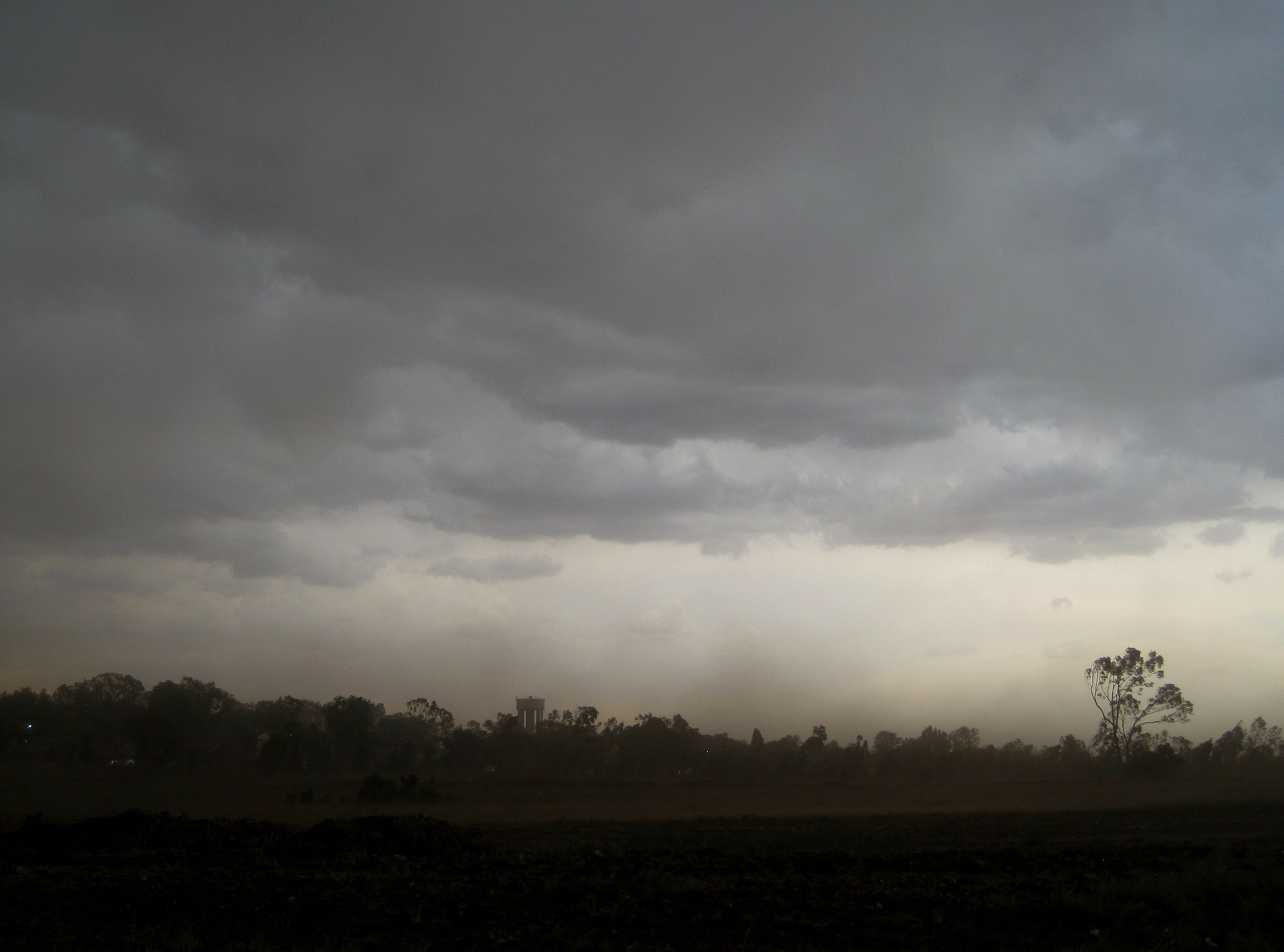
EXPERT REACTION: Dust storm asthma warning for SA
Weather experts are predicting intense dust storms heading for South Australia today, and people with respiratory and cardiac conditions are being urged to take precautions. Awareness of asthma from storms has increased since the storm that caused several deaths in Melbourne in November 2016.
Organisation/s: Australian Science Media Centre, University of Technology Sydney (UTS), Macquarie University
News for:
Australia
SA
Media contact details for this story are only visible to registered journalists.


Expert Reaction
These comments have been collated by the Science Media Centre to provide a variety of expert perspectives on this issue. Feel free to use these quotes in your stories. Views expressed are the personal opinions of the experts named. They do not represent the views of the SMC or any other organisation unless specifically stated.